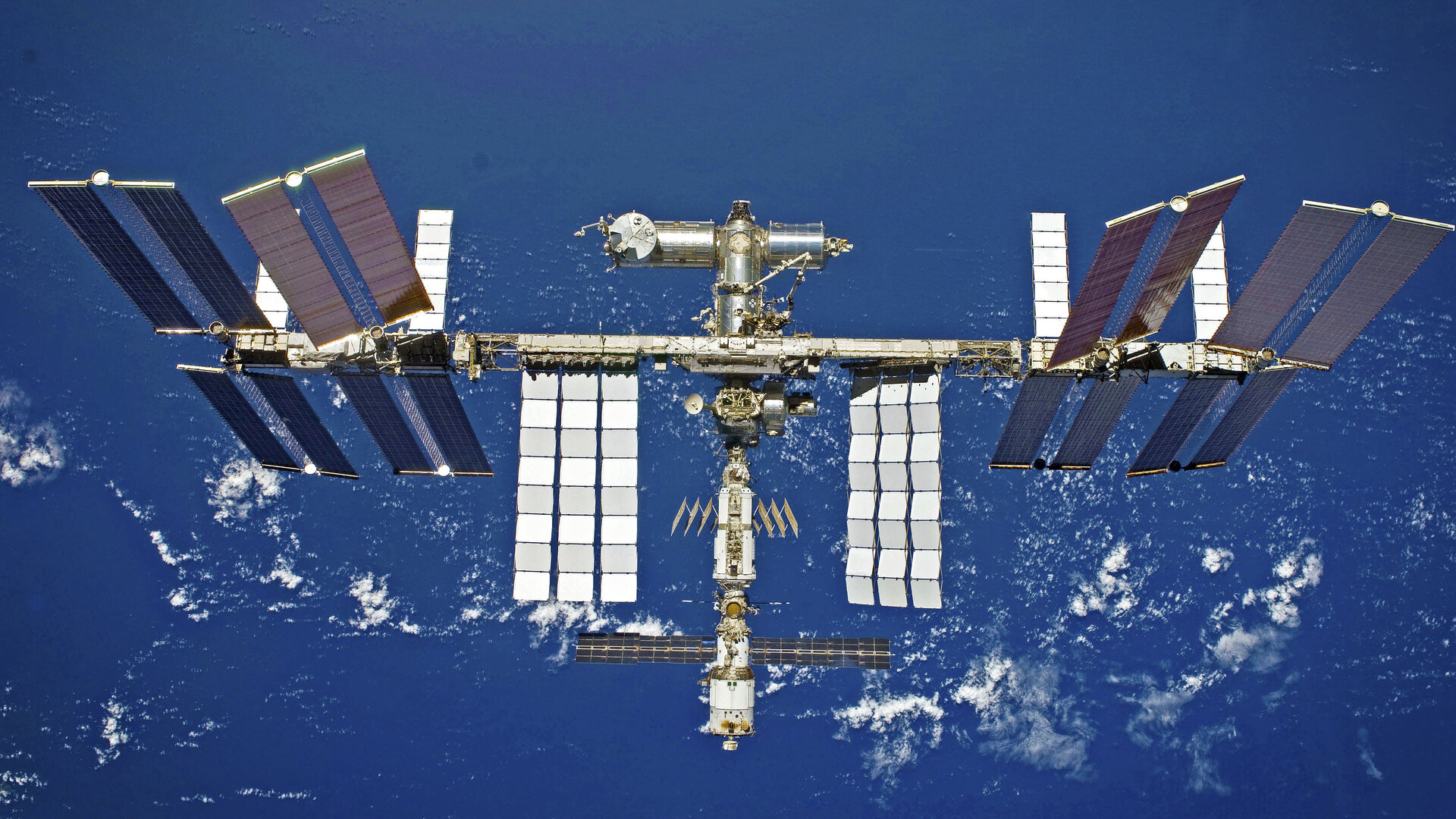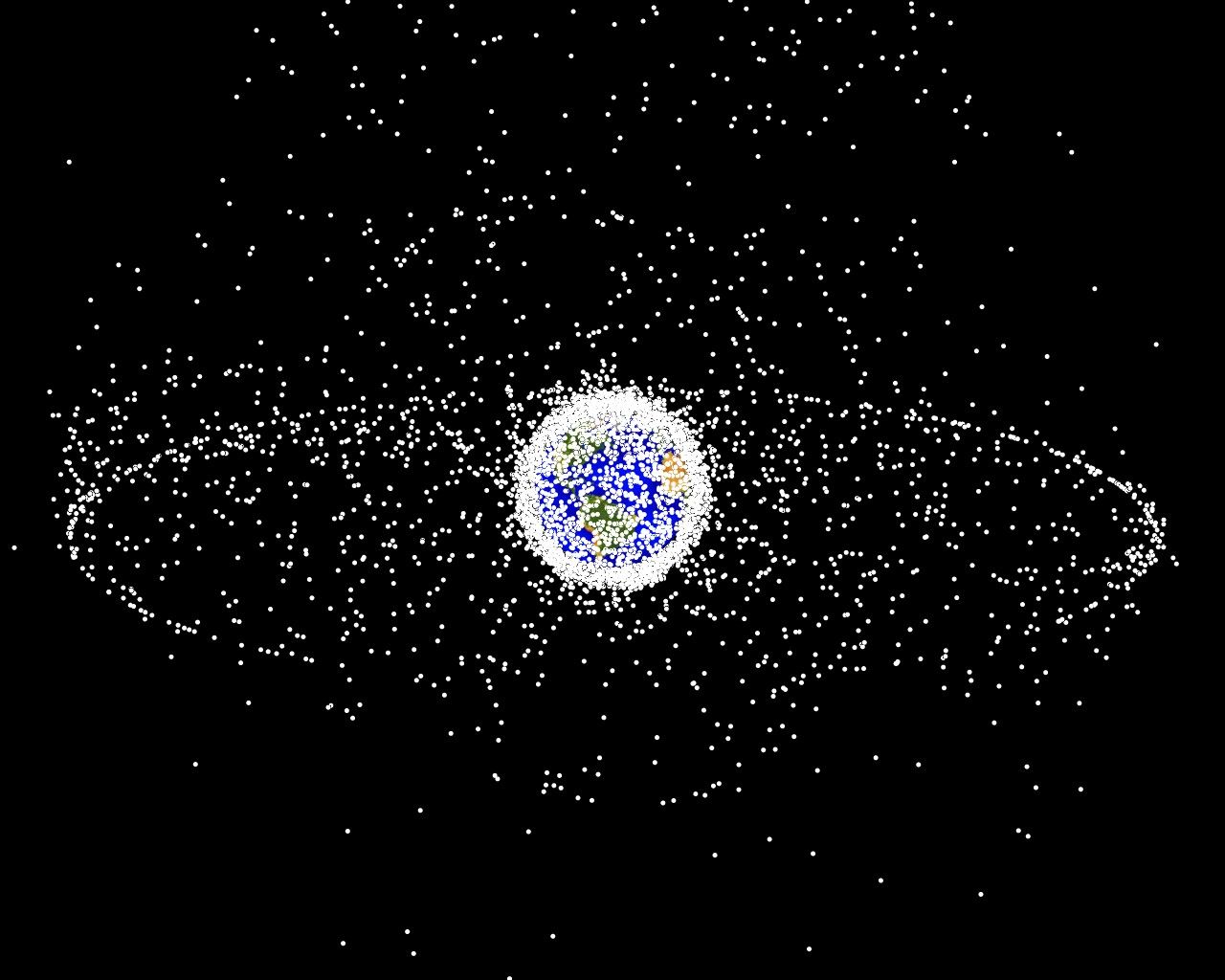Earlier this month, the International Space Station (ISS) had to swerve and conduct an avoidance maneuver to avoid being hit by space debris from Russia’s Anti-Satellite test. It was reminiscent of a similar evasive action it had to undertake last December to avoid being in the path of a US launch vehicle junk.
‘Aping A Human Brain’ – Chinese Supercomputer, 4th Most Powerful In World, Achieves Big Breakthrough In AI
Discarded launch vehicles or pieces of spacecraft and satellites that have run their course make up the space debris, or “space junk,” which can endanger live satellites or Space Station by floating around in space.
There are currently thousands of tons of space trash circling the Earth, including dead satellites, discarded rocket pieces, and other hardware bits. Several countries and space agencies are alive to the challenge faced by the space junk, with many planning missions to clean it up themselves.
The pace of commercial satellite? launch in the next 10yrs will fuel a crisis of space debris. Unless we regulate sensibly.
That’s why I’m delighted to be launching a new UK Plan & working with HRH Prince of Wales @ClarenceHouse on UK?? leadership in #cleanspace?#SWFSummit22 https://t.co/jFbqcflT6S
— George Freeman MP (@GeorgeFreemanMP) June 22, 2022
In a new ambitious space endeavor, the UK has pledged £5 million to sponsor a mission to clear space debris. The project aims to accomplish the first-of-its-kind mission by bringing two defunct satellites back through Earth’s atmosphere.
The UK’s science minister, George Freeman, emphasized the nation’s commitment to keeping the Earth’s orbit clean as part of the UK’s Plan for Space Sustainability. This includes developing regulatory guidelines for the secure operation of satellites and reducing insurance costs for sustainable missions.

The announcement by the UK’s Science Minister follows the announcement earlier this month by the European Space Agency (ESA) that it was working with Britain to manufacture the first spacecraft that will be launched to capture defunct satellites from the Earth’s orbit.
The British Science Minister had then revealed that the British Company Astroscale and OneWebb had teamed up with the ESA to clean space debris.
However, the new mission announced by the UK will be different than the one it is pursuing in collaboration with the ESA. The new mission will be capable of collecting multiple satellites at once, a capability that has not been demonstrated yet.
British Plan To Collect Space Junk
A spacecraft will be deployed into orbit by 2026 as part of the UK’s Active Debris Removal mission, announced last year.
On arrival, it will travel to two defunct UK satellites orbiting the Earth and drag them back into the atmosphere, so they burn up, demonstrating the capability of a single spacecraft to remove several pieces of junk.
China’s Longest Intrusion! PLA Navy Ships Made A 64-Hour Long Intrusion Near Disputed Islands — Japan
“Removing multiple pieces of debris with a single-vehicle is the right way to go,” according to Hugh Lewis at the University of Southampton, UK. More than 30,000 pieces of debris, including over 2500 dead satellites, are being tracked in the Earth’s orbit.
With the debris-collecting spacecraft intended to be left in the Earth’s orbit and possibly available for refueling in the future to tackle more junk, the UK mission will be the first in the world to target numerous pieces instead of just one.

The companies vying for the contract are Clearspace, Japanese-UK enterprise Astroscale, and UK-based Surrey Satellite Technology. Only one company will be chosen for the mission by the end of 2023 with a contract worth up to £60 million.
Out of more than a dozen potential targets, the two decommissioned UK satellites that will be picked have not been determined yet. All three companies have proposed different methods to carry out the task envisioned by the UK.

Earlier in 2018, the ISS had reportedly deployed the first-ever satellite to test possible solutions for cleaning up space junk. The satellite named ‘RemoveDEBRIS’ was built in Britain and was one of the world’s first attempts at tackling the build-up of space debris in Low Earth Orbit.
Meanwhile, at the end of January this year, China demonstrated a remarkable collection and disposal of space junk that awe-struck the entire world.
China Sent Defunct Satellites To Graveyard
A Chinese satellite was observed in late January grabbing another long-defunct satellite and dropping it into a “graveyard” orbit 300 kilometers away from the geostationary orbit a few days later. A graveyard orbit is a place in space several kilometers away from the geostationary orbit where the objects are less likely to hit spacecraft.
Geostationary orbits allow satellites to align with Earth’s rotation and appear to be fixed above a location below, making the GEO belt orbital home for weather, communications, and surveillance satellites.
China's Shijian-21 satellite successfully captured the defunct Beidou-2 G2 satellite and towed it onto a "graveyard orbit" before returning to a geostationary orbit. China's SJ-21 satellite has been able to function as a space tugboat. pic.twitter.com/iJVLpnwIvh
— Spartackus (@elskorpione) May 16, 2022
By undertaking this maneuver, the Beidou satellite was successfully transported out of harm’s way by the docking and subsequent engine burn, as previously reported by Space News.
On January 26, Shijian-21 disengaged from Beidou-2 G2, placing the retired satellite in a disposal orbit, and returned to the Geostationary orbit.
With private satellites crowding space beside the growing competition between global powers, the space debris is only expected to multiply in the foreseeable future. With states preparing for the challenge, debris mitigation could soon become an enterprise.
- Contact the author at sakshi.tiwari9555@gmail.com
- Follow EurAsian Times on Google News




